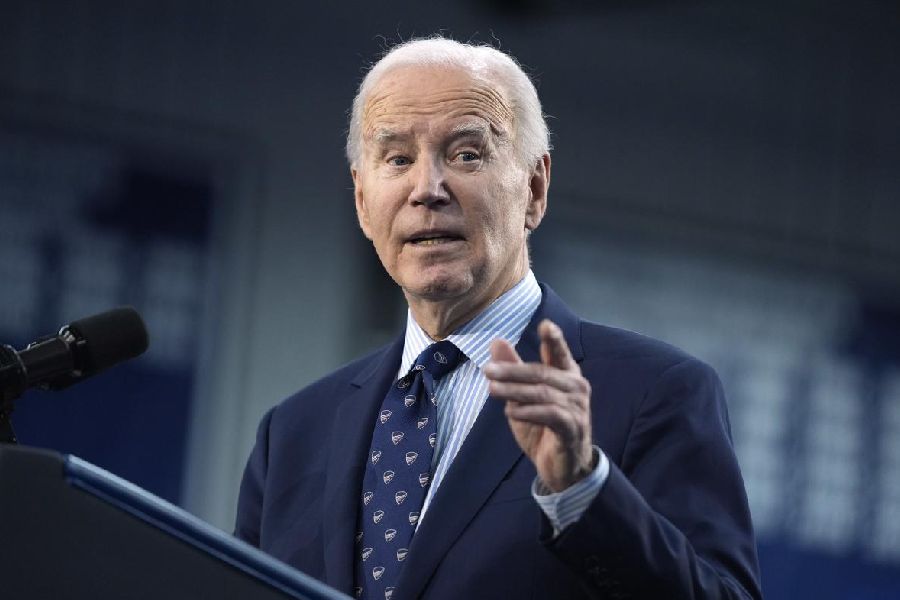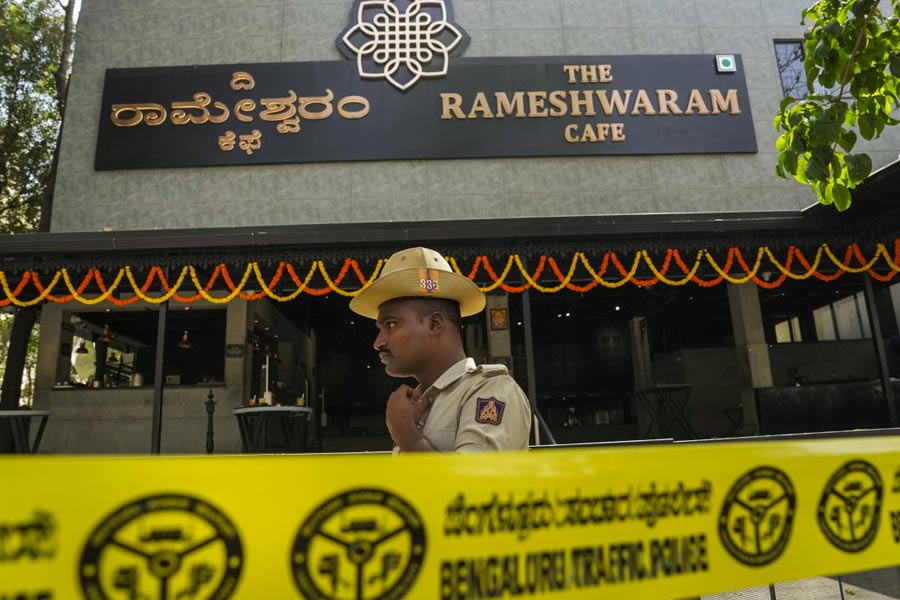The battle against air pollution must be fought on multiple fronts. That seems to be the gist of the findings of a study conducted by the Indian Institute of Technology, Delhi which found that more than half of the total load of
PM2.5, a deadly air pollutant, in Bengal’s air comes from beyond its border, particularly Uttar Pradesh, Bihar and Jharkhand. Another study by the Bose Institute, conducted between 2004 and 2018, has concluded that about 20 to 25 per cent of the overall PM2.5 in Calcutta comes from outside Bengal. Apart from Uttar Pradesh, Bihar and Jharkhand, Assam, Meghalaya as well as neighbouring countries like Bangladesh and Nepal contribute to Calcutta’s poisoned air. What makes transborder pollution tricky is that it can depend on the vagaries of the weather: during early March, a significant proportion of pollutants comes from Odisha and Andhra Pradesh through the Bay of Bengal and the Sunderbans. These findings challenge some old assumptions. For long, smoke-belching vehicles were regarded as the primary source of urban pollution. The recent studies indicate this to be partially true: transport caused 45-55 per cent of the total PM2.5 content in Calcutta between 2004 to 2009. The principal culprit now is transboundary pollutants, followed by construction activities and errant vehicles.
The growing and mutable threat of air pollution makes it amply clear that the hydra-headed problem requires nimble solutions. The Bengal government must work in tandem with neighbouring states to address the toxic cloud that hangs heavy over the Indo-Gangetic plain and is made up of vehicular pollution, coal-fired power plants, unscientific waste and garbage burning, as well as dung and cooking fuels that turn households into potential gas chambers. The intra-government collaboration would yield an additional bonus: it could strengthen India’s federal structure that has frayed in recent years. Bengal also needs to address localized factors: carbon emissions and unchecked construction activities warrant action. Policy intervention must also be even. Towns and villages often elude mitigatory mechanisms even though data indicate that non-urban centres suffer from air pollution as well. India’s mortality load on account of toxic air is significant. Strategies to combat pollution must, therefore, be alert to existing threats and be able to anticipate and act on the changing nature of the sources of pollution.
 Tuesday, 21 May 2024
Tuesday, 21 May 2024









